徐悲鸿是中国现代艺术中的一位先驱,他的艺术视野和创作理念对后世产生了深远的影响。他不仅在绘画上取得了卓越的成就,还致力于推动中国美术教育的发展。徐悲鸿的艺术风格融合了中西元素,他以独特的视角和深刻的思考,描绘了社会现实和历史变迁,展现了他对民族命运的关注和思考。他的作品不仅具有艺术价值,更具有历史意义,成为了中国现代艺术的重要里程碑。
In the annals of Chinese art history, the name Xu Beihong stands as a beacon, illuminating the path for modern art in the country. Born on June 19, 1895, in Guangdong Province, Xu Beihong was a painter, sculptor, and art educator who played a pivotal role in bridging traditional Chinese aesthetics with Western artistic techniques. His work not only revolutionized the landscape of Chinese art but also left an indelible mark on the global art community.
Early Life and Education
Xu Beihong's journey to becoming a prominent artist began in his hometown of Zhanjiang, where he was exposed to traditional Chinese painting at a young age. His early education was interrupted by the turmoil of the late Qing Dynasty and the subsequent rise of the Republic of China. Despite these challenges, he continued to hone his skills through self-study and the guidance of local artists. In 1917, Xu Beihong enrolled at the Beijing Art School (later renamed the National Academy of Fine Arts), where he was exposed to European and Japanese art movements, including Impressionism and Realism. This exposure marked a turning point in his artistic development, as he began to experiment with new techniques and styles, blending them with his deep understanding of traditional Chinese painting.
Artistic Evolution and Style
Xu Beihong's artistic evolution can be traced through his diverse body of work, which spans from traditional landscapes to boldly modern compositions. His early works, such as "The Willows" (1927), showcase his mastery of traditional ink painting techniques while expressing a personal sentimentality. However, it was his later works that truly solidified his place in the pantheon of modern Chinese art.
One of his most iconic series is "The Grieving Mother," a set of paintings depicting the suffering of mothers during wartime. These works, with their raw emotional intensity and powerful use of color, demonstrate Xu Beihong's commitment to social realism and his ability to convey complex emotions through visual narratives. The use of vibrant reds and yellows in these paintings creates a sense of urgency and urges the viewer to confront the harsh realities of war.
Xu Beihong's style is characterized by its bold brushstrokes, vivid colors, and dynamic compositions. He often employed a mix of traditional Chinese ink wash techniques with Western painting techniques like color field and compositional arrangements, creating a unique visual language that is both familiar and foreign to the viewer. This fusion reflects his global perspective and his desire to modernize Chinese art while preserving its cultural essence.
Political Engagement and Social Conscience
Xu Beihong's art was not merely an expression of personal aesthetics but also a reflection of his deep engagement with social and political issues. As a member of the Leftist art movement known as "March Eight Movement," he actively participated in promoting progressive ideas through his art. His works often served as a platform for social critique, addressing topics like poverty, oppression, and the struggle for national independence.
One notable example is "The Peasants' Uprising" (1930), which depicts a mass rally of peasants in support of the Chinese Communist Party's land reform policies. This painting not only showcases Xu Beihong's mastery of large-scale composition but also underscores his commitment to using art as a tool for social change.
Educational Contributions and Influence
Beyond being an accomplished artist, Xu Beihong was also an influential educator and mentor to many young artists who followed in his footsteps. He played a crucial role in establishing art education institutions in China, including serving as the first Dean of the Department of Painting at the National Academy of Fine Arts from 1938 to 1946. During this time, he not only taught but also encouraged students to explore new artistic directions, fostering a generation of artists who would continue to shape Chinese art into the 20th century.
Xu Beihong's influence extends beyond China's borders as well. His work was exhibited internationally, including at the World's Fair in Paris in 1937 and at the Museum of Modern Art in New York in 1965. These exhibitions not only showcased Chinese art to the world but also introduced international audiences to Xu Beihong's unique vision of combining tradition with innovation.
Legacy and Contemporary Relevance
Xu Beihong's legacy is one


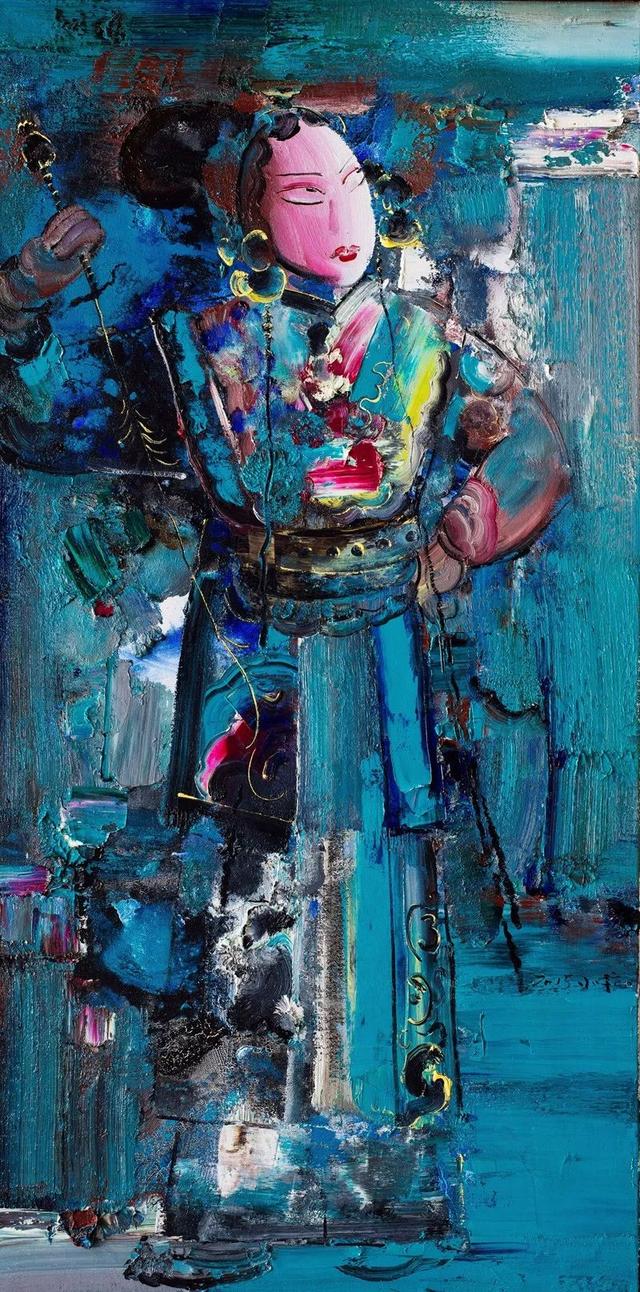
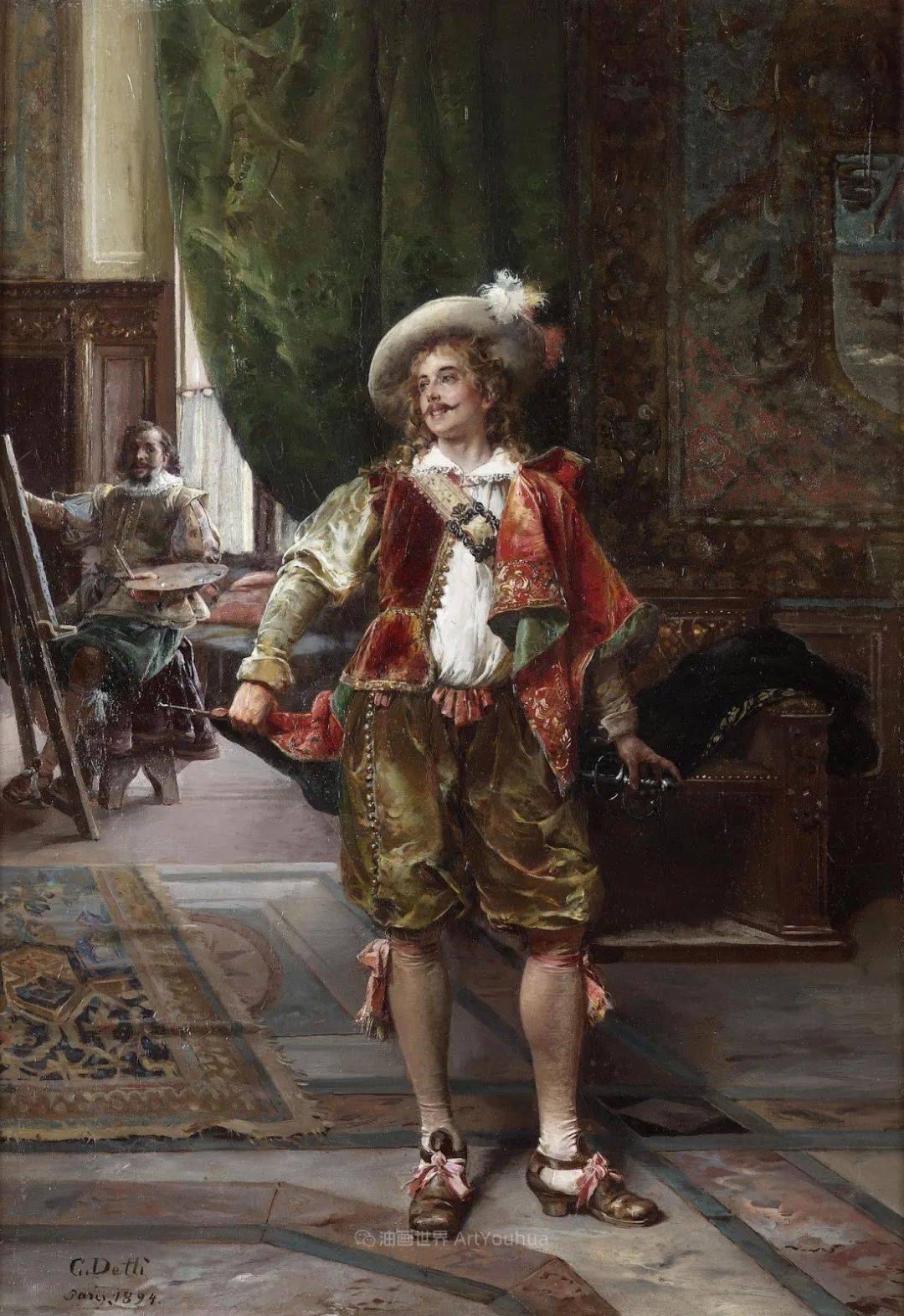
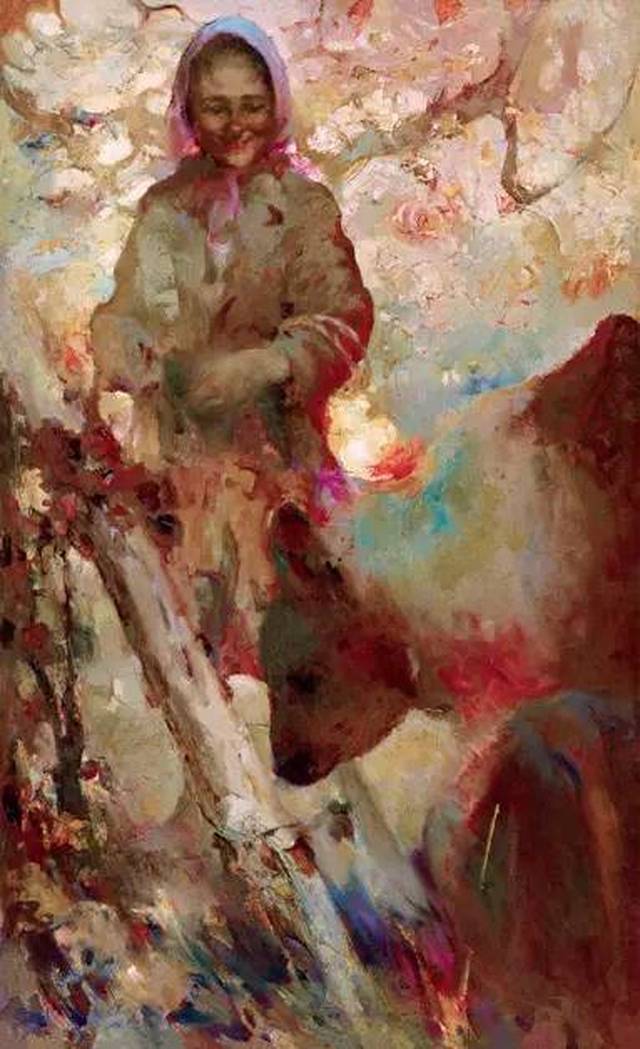
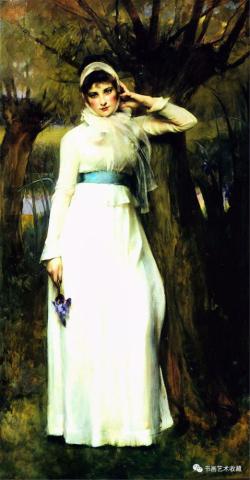


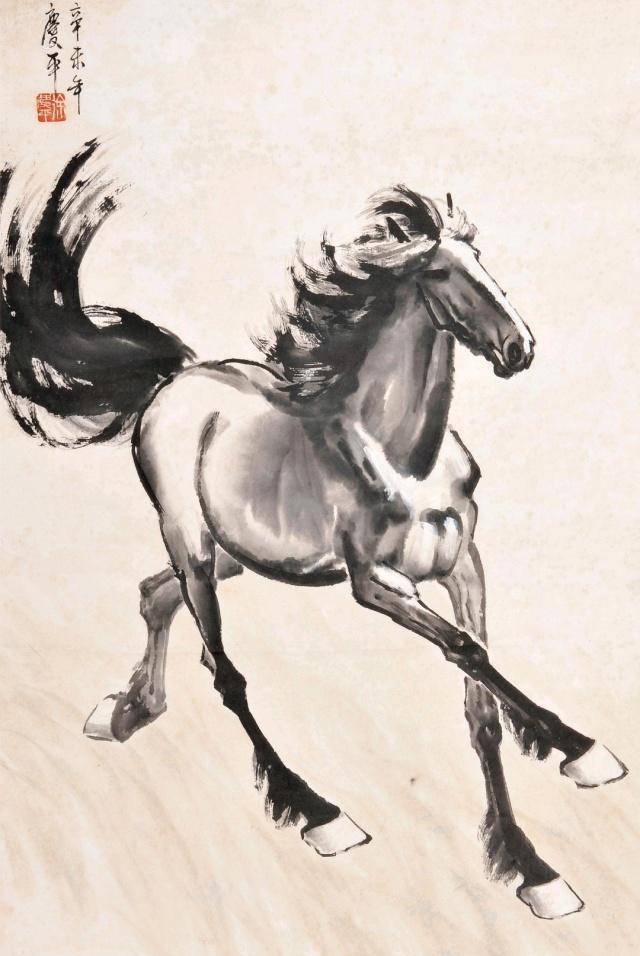
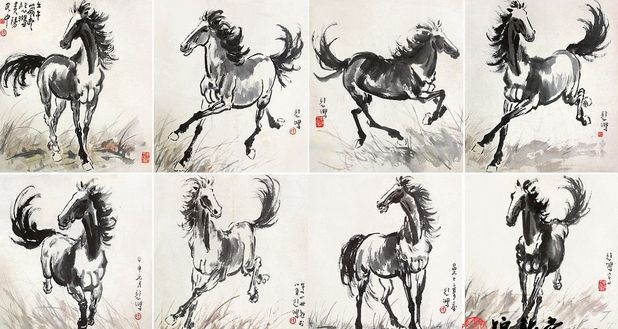
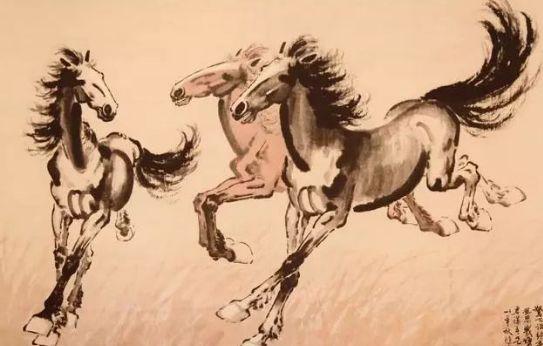
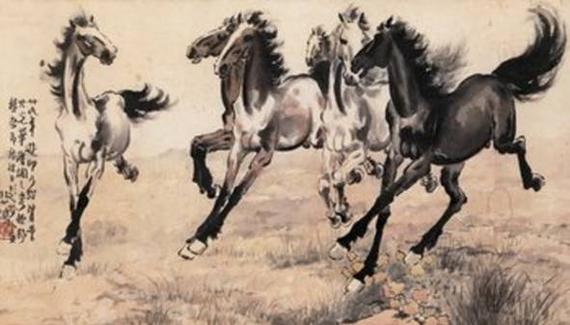
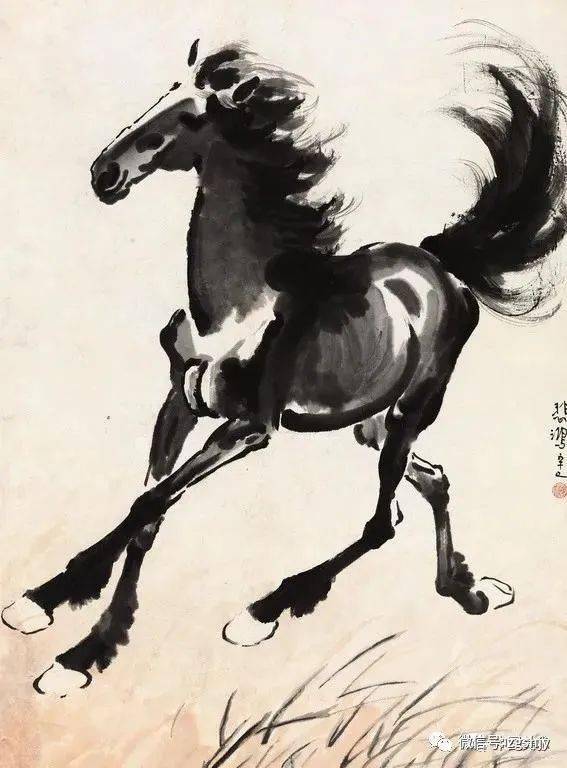
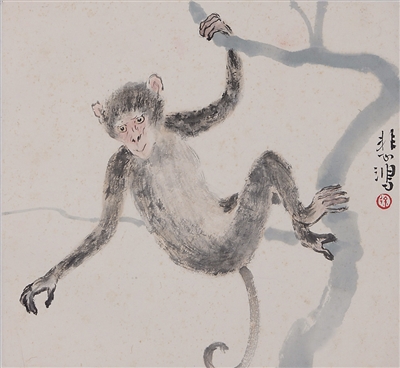
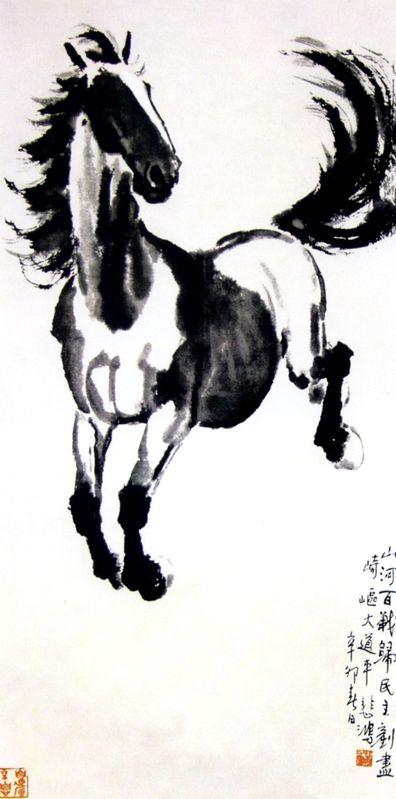
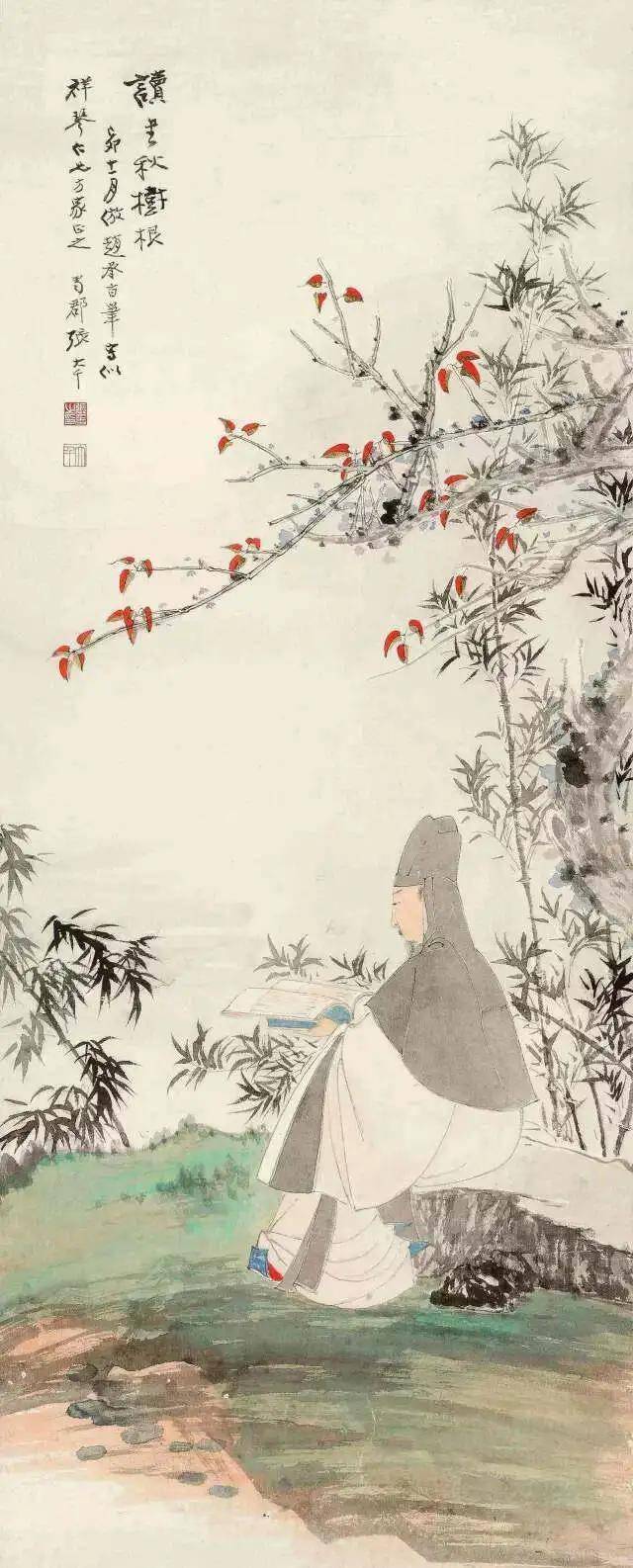
 京公网安备11000000000001号
京公网安备11000000000001号 京ICP备11000001号
京ICP备11000001号
还没有评论,来说两句吧...